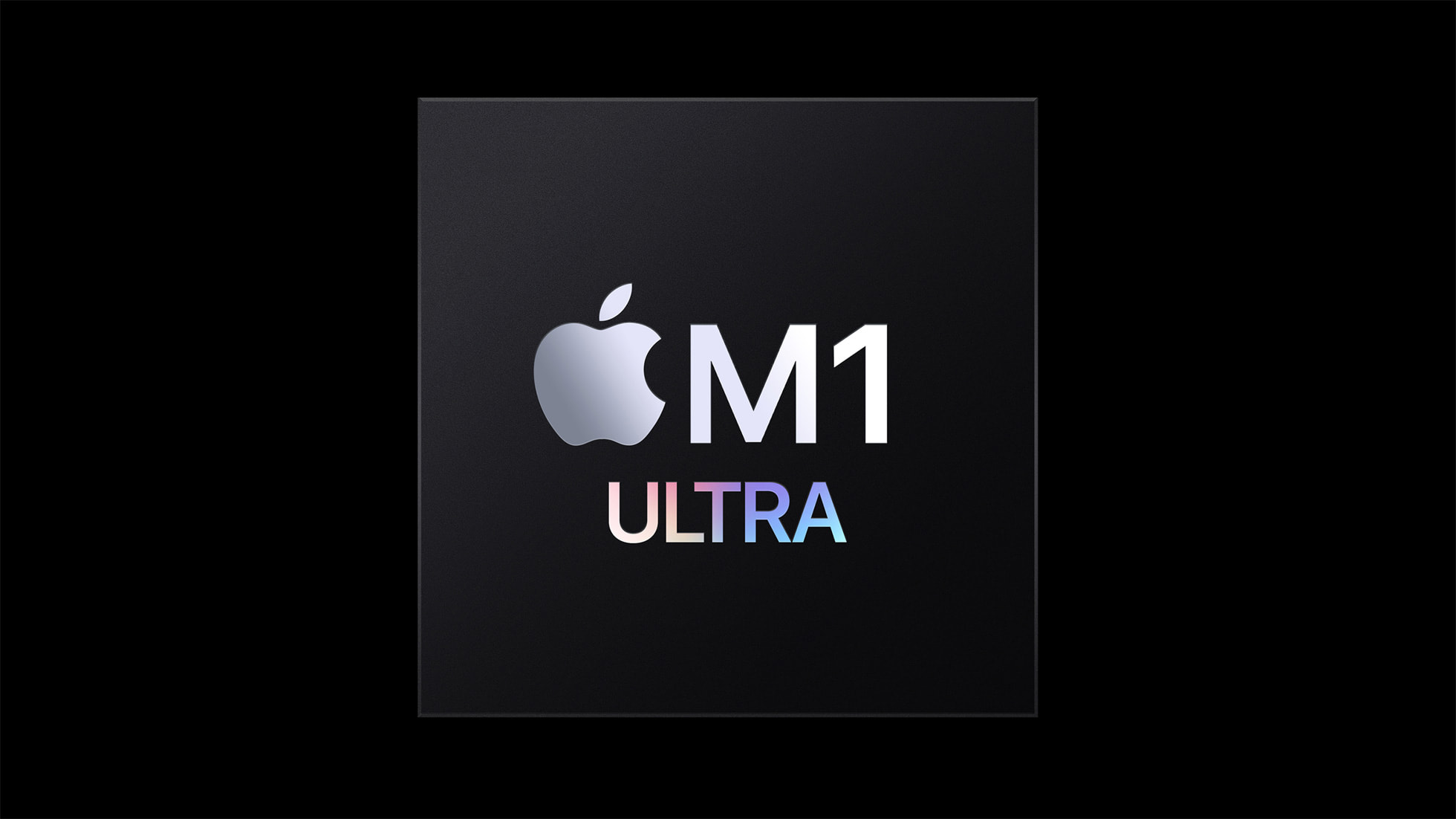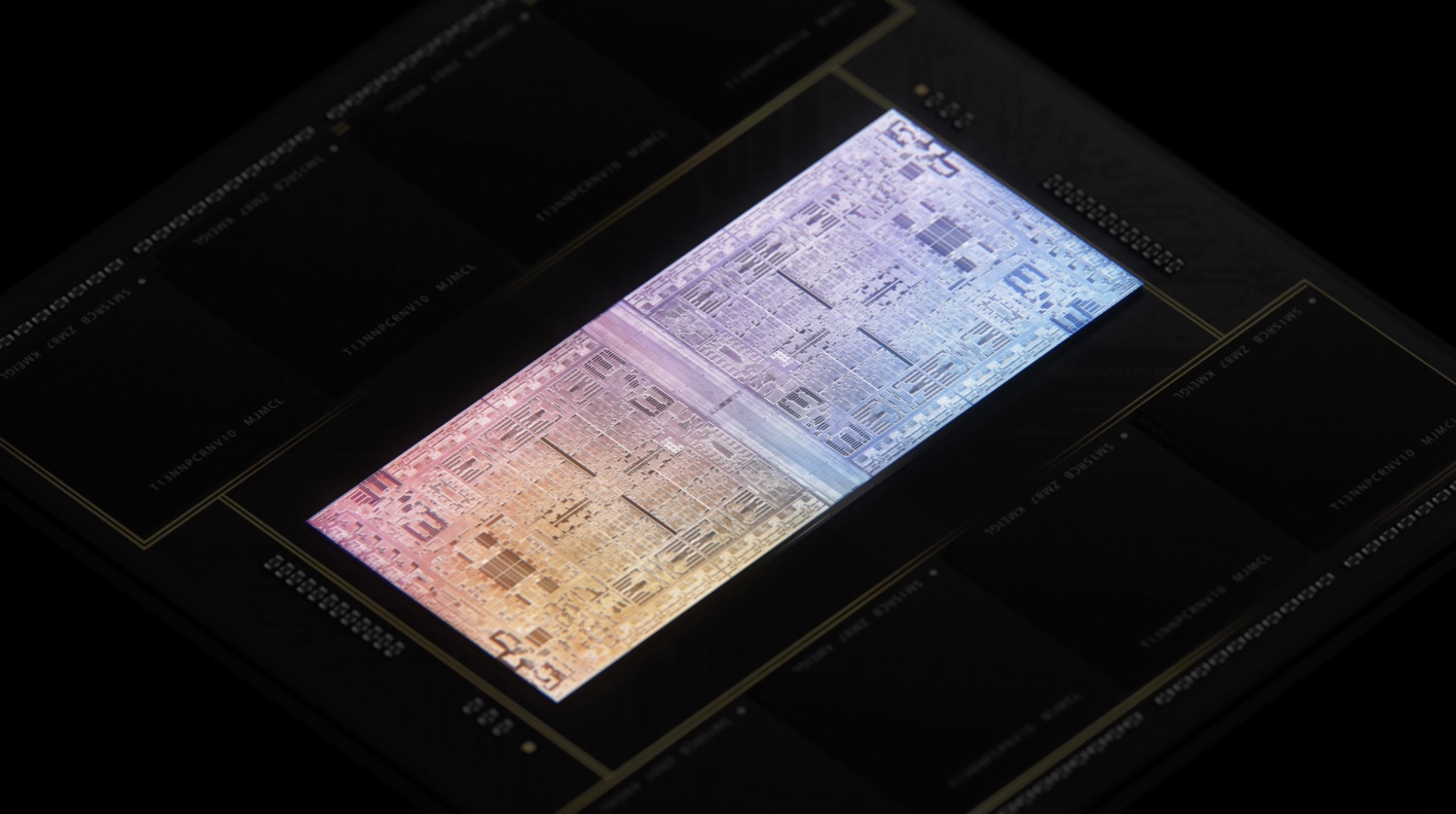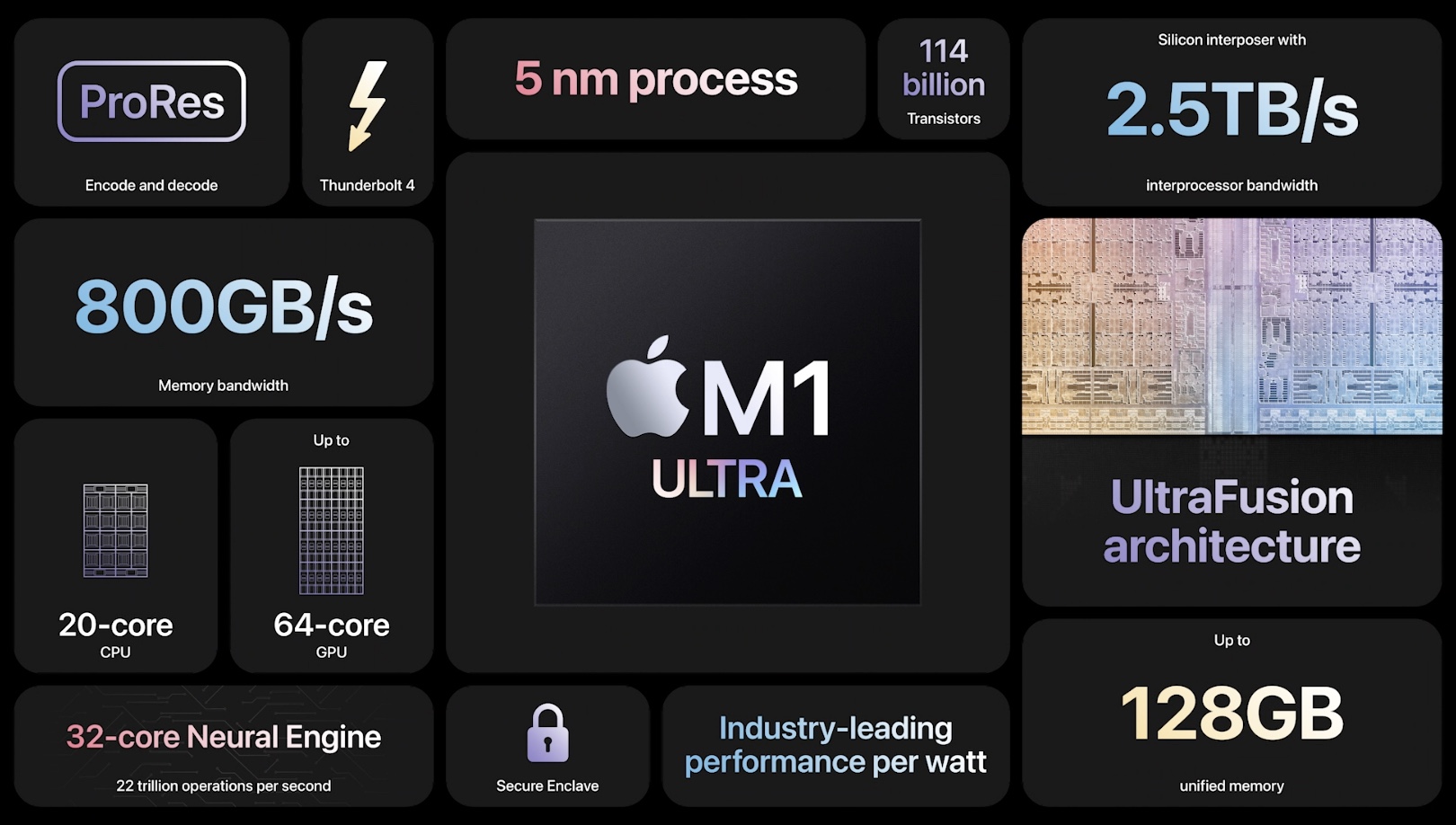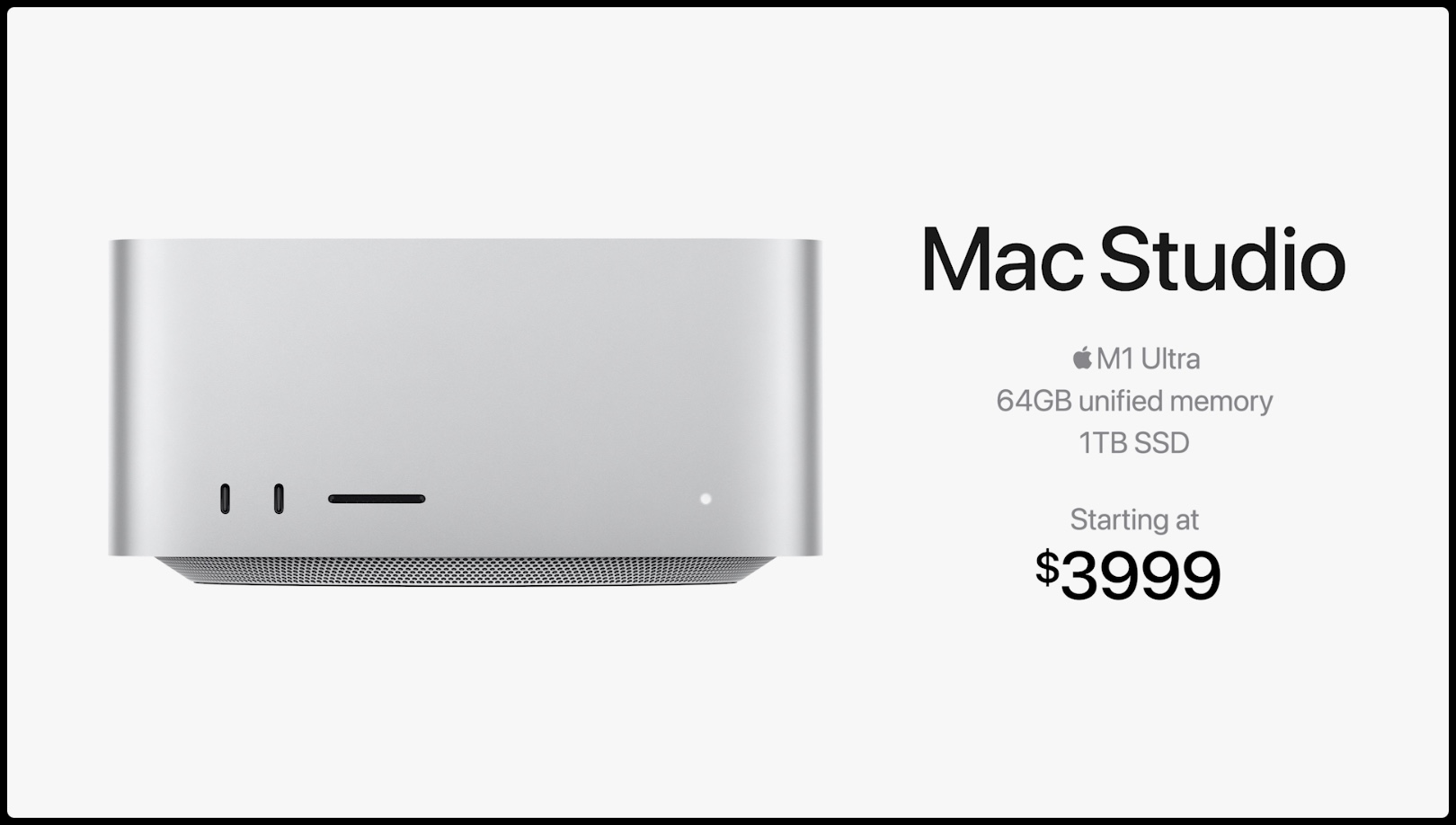If you watched Apple’s “Peek Performance” special event this week, then there’s no question you witnessed the unveiling of the company’s brand new M1 Ultra chip.

Apple wasted no time touting the new M1 Ultra chip as an engineering marvel, and since it unseats the M1 Max as Apple’s most powerful in-house designed chip, we’re sure that many of you have a lot of questions about it. So in this post, we’ll try to spell it all out for you.
The M1 Ultra chip – What is it?
The M1 Ultra chip is effectively described as two M1 Max chips that are tightly woven into a single package.
Apple just this week revealed that the M1 Max chip incorporates a groundbreaking die-to-die interconnect technology that supports scaling, and the M1 Ultra chip appears takes full advantage of this feature. The two individual M1 Max chips are linked together using a custom-designed silicon interposer, and this creates the M1 Ultra chip. Apple refers to this packaging architecture as “UltraFusion.”

While the industry has seen dual processors in computers before, such as with dual-Intel Xenon workstations, the M1 Ultra works a bit differently in that the two chips aren’t linked by the motherboard, but rather within the actual chip package itself. This key detail means that the M1 Ultra enjoys lower latency, lower power consumption, and improved bandwidth.
As for the numbers, Apple claims that the Ultra Fusion architecture that bridges the two M1 Max chips to form the M1 Ultra chip allows for twice the connection density of anything comparable in the industry today by connecting over 10,000 signals with a mind-blowing 2.5TB/s of interprocessor bandwidth between the chips. Apple says this is more than 4x the bandwidth of the leading multi-chip interconnect technology.
Thanks to the Ultra Fusion architecture, Apple says that apps running on the machine will see the M1 Ultra chip as a single chip rather than as two individual M1 Max chips. This also allows those apps to take full advantage of the increased unified memory.
What are the specs of the M1 Ultra?
All the details discussed above are remarkable, but by now, you’re probably wondering what Apple is packing underneath the hood of this beast. Your curiosity is warranted.
Since the M1 Ultra is effectively two M1 Max chips linked together, you can take the specs of a M1 Max and multiply them by a factor of two. M1 Ultra maintains the same 5nm process as the M1 Max, but everything else is doubled. This gives you 114 billion transistors, 20 CPU cores, 32 GPU cores, 32 Neural Engine cores, 800GB/s of memory bandwidth, and support for up to 128GB of unified memory.

The CPU cores are further broken down into 16 high-performance cores and four low-power cores. The high-performance cores are optimized for more demanding tasks that include audio & video editing, compiling code, and 3D gaming, among other things. The low-power cores are ideal for conserving the most power as your machine performs background tasks while it sleeps or performs less intensive user-performed tasks.
How does the M1 Ultra perform?
Since the M1 Ultra chip has yet to be released into circulation, we have yet to witness any real-world tests or comparisons. Current information is based entirely on Apple’s marketing and stray synthetic benchmark tests that have appeared online. We can tell you what we know so far…
With an industry-leading performance per watt, Apple says that the M1 Ultra chip can deliver multi-threaded CPU performance comparable to that of the latest Intel Core PC desktop chip while using 65% less power in doing so. Compared to the fastest 16-core PC desktop chip currently available, Apple says M1 Ultra delivers 90% more performance while using 100W less power.
Apple also shares bold claims for the M1 Ultra’s GPU, which is said to be capable of delivering similar performance to an unnamed yet allegedly “popular” discrete PC GPU while using 1/3 of the power. Additionally, Apple says it will deliver faster performance than the highest-end PC GPU available, all while consuming 200W less power.
Impressive, right? It seems so, but we always recommend waiting for real-world tests to emerge before taking Apple’s word for it.
Which Macs offer the M1 Ultra chip?
Now that you know what Apple’s M1 Ultra chip will be capable of, you’re probably wondering what machines will take advantage of it. Unfortunately, the answer is not very many.
Apple unveiled the new Mac Studio desktop computer at the “Peek Performance” event this week, and it seems that it will be the only computer that takes advantage of the M1 Ultra chip, at least for now. What’s more is that the base model of the Mac Studio only comes with the M1 Max chip, so anyone who wants the shiny new A1 Ultra chip will have to configure the Mac Studio all the way up to $3,999.

The $3,999 price tag gets you the M1 Ultra chip with 20 CPU cores and 48 GPU cores. Unlocking the additional 16 GPU cores to get you to 64 GPU cores in total will cost an additional $1,000, while boosting the unified memory (RAM) up from 64GB to 128GB will cost an additional $800, bringing the total cost of a fully unleashed M1 Ultra chip in a Mac Studio up to $4,799, excluding the cost of storage upgrades.
It’s possible that the M1 Ultra could become an option in additional Mac offerings in the future, but it certainly seems like a major selling point for Apple’s latest modular Mac desktop computer, so it’s a tough call.
One thing worth noting is that the Mac Studio features a beefy cooling system, so it seems unlikely that M1 Ultra will make its way to any of Apple’s notebook computers like the MacBook Pro. These machines are simply too thin to house comparable cooling capacities.
Do you need the M1 Ultra chip?
When Apple came out with the MacBook Pro refresh at the end of last year, they introduced the M1 Pro and M1 Max chips alongside the standard M1 chip.
The consensus among reviewers and tech junkies was that most users could squeak by with an M1 chip. If you did even a little bit of heavy computing, then you could absolutely get by with just the M1 Pro chip. The M1 Max was something of a novelty for the elite top 1% of users who demand uncompromising speed and efficiency in their workflows.
We think that the M1 Ultra chip is much like the latter, being mostly useful for professionals who need the power to do their best work in as little time as possible without the jitter of bandwidth constraints on slower chips. This is hardly a necessity for anyone else.
The M1 Ultra chip isn’t designed, nor is it priced, for the average Joe. You would be wasting your money if you bought a machine equipped with this chip just to scroll through Twitter feeds and watch YouTube videos, however it’s your money, so do you.
Wrapping up
While we’ve attempted to round up all the most important information about Apple’s brand-new M1 Ultra chip, we expect that there are probably many other questions.
Please feel free to ask away in the comments section down below, and be sure to let us know if you plan to equip your desk with a fully-loaded Mac Studio.